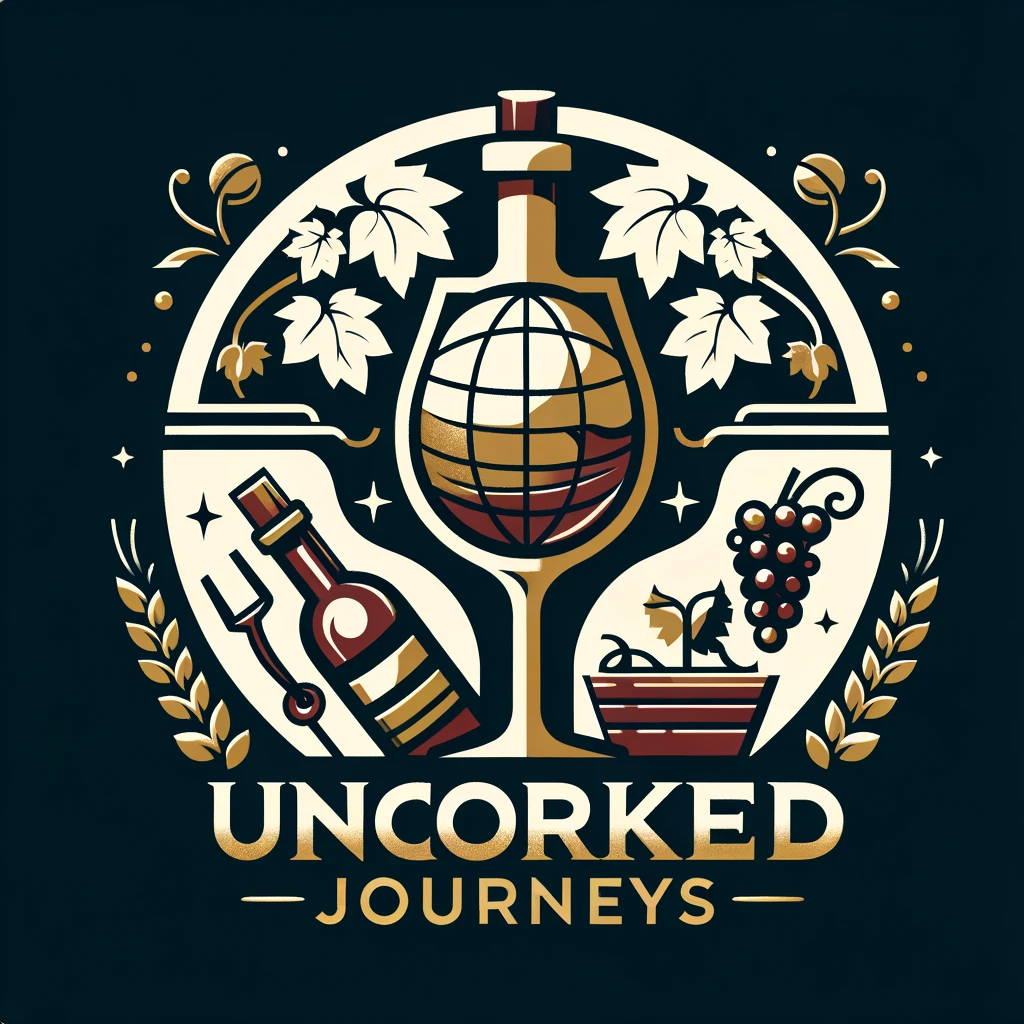Burgundy - Local Experiences and Activities
Wine Tasting and Cellar Tours in Beaune
Beaune, often referred to as the wine capital of Burgundy, is a must-visit destination for wine enthusiasts. The town is home to numerous wine cellars, many of which offer guided tours and tastings. Visitors can explore historic cellars that date back centuries and sample a range of wines, from regional appellations to prestigious Premier and Grand Crus. Popular stops include Maison Joseph Drouhin, Patriarche, and Bouchard Père & Fils. The experience offers insights into the winemaking process, Burgundy’s complex classification system, and the unique terroirs that define the region’s wines.
Exploring the Hospices de Beaune
The Hospices de Beaune, also known as Hôtel-Dieu, is a historic charitable hospital founded in 1443 and one of Burgundy’s most famous landmarks. The stunning Gothic architecture, with its colorful tiled roof, is a symbol of the region. Today, the Hospices is a museum showcasing medieval medical practices, art collections, and historical artifacts. It is also renowned for its annual wine auction, one of the most prestigious charity wine events in the world. Visiting the Hospices de Beaune is a cultural highlight that offers a deep dive into the history and heritage of Burgundy.
Cycling the Route des Grands Crus
The Route des Grands Crus is a scenic wine road that stretches from Dijon to Santenay, passing through some of Burgundy’s most famous vineyards and charming villages. Cycling along this route is one of the best ways to experience the region’s beauty and its rich viticultural heritage. The route is well-marked and suitable for cyclists of all levels, offering stops in iconic villages like Gevrey-Chambertin, Vosne-Romanée, and Nuits-Saint-Georges. Along the way, cyclists can visit wineries for tastings, explore medieval churches, and enjoy picturesque views of the rolling vineyards.
Visiting the Château du Clos de Vougeot
The Château du Clos de Vougeot is a historic castle and vineyard located in the heart of the Côte de Nuits. Originally established by Cistercian monks in the 12th century, the château is now a symbol of Burgundy’s winemaking tradition. Visitors can tour the medieval presses and cellars, learn about the history of winemaking in Burgundy, and explore the beautifully preserved rooms and gardens. The château is also the headquarters of the Confrérie des Chevaliers du Tastevin, a prestigious wine fraternity that hosts events and ceremonies celebrating Burgundy’s wine culture.
Exploring Dijon’s Historic Center
Dijon, the capital of Burgundy, is a city rich in history, art, and gastronomy. The city’s historic center is a UNESCO World Heritage site, with well-preserved medieval and Renaissance buildings, grand squares, and vibrant markets. Highlights include the Palace of the Dukes of Burgundy, home to the Musée des Beaux-Arts, and the Church of Notre-Dame with its famous clock. Dijon is also known for its mustard, and visitors can explore the city’s culinary delights at specialty shops and food tours. The city’s mix of history, culture, and food makes it an essential stop on any Burgundy itinerary.
Participating in the Saint-Vincent Tournante
The Saint-Vincent Tournante is a traditional wine festival held annually in Burgundy, celebrating the region’s patron saint of winemakers, Saint Vincent. Each year, a different village in Burgundy hosts the festival, with processions, tastings, and festivities that showcase the local wines and culture. The event includes parades, blessing ceremonies, and the opening of cellars that are not usually accessible to the public. The Saint-Vincent Tournante is a unique opportunity to experience the camaraderie and traditions of Burgundy’s winemaking community while enjoying the region’s finest wines.
Walking the Vineyards of Chablis
Chablis, located in the northernmost part of Burgundy, is known for its crisp and mineral-driven Chardonnay wines. Walking tours through the vineyards of Chablis offer visitors the chance to explore the terroir that defines these wines. The tours often include visits to renowned producers, where guests can taste the different levels of Chablis, from Petit Chablis to Grand Cru. The rolling hills and limestone-rich soils of Chablis provide stunning landscapes and a deeper understanding of the region’s unique winemaking practices. Walking through the vineyards offers both a peaceful experience and an educational journey into one of Burgundy’s most distinct subregions.
Exploring the Abbaye de Fontenay
The Abbaye de Fontenay, a UNESCO World Heritage site, is one of France’s best-preserved Cistercian monasteries. Founded in 1118, the abbey is located in a peaceful valley surrounded by forests and gardens. Visitors can explore the beautifully restored buildings, including the church, cloister, forge, and dormitory. The simplicity and elegance of the abbey’s architecture reflect the spiritual values of the Cistercian order. A visit to Fontenay offers a glimpse into medieval monastic life and the influence of the Cistercians on Burgundy’s history, making it a must-see cultural attraction.
